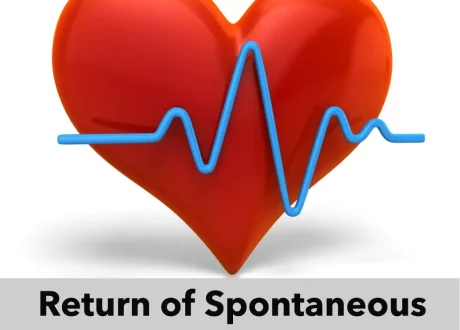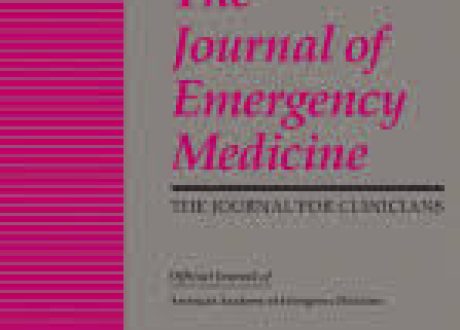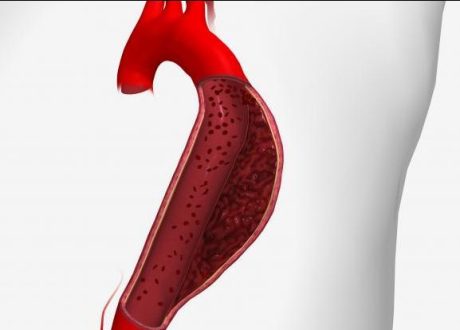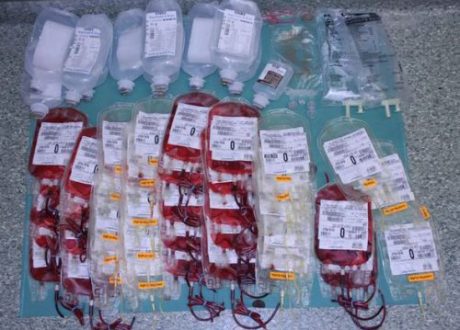Chi Peng,1 Ronghui Zhu,2 Fan Yang,3 Yibin Guo,2 Lei Li,1 Zhichao Jin,2 Cheng Wu,2 Shuogui Xu
Abstract 
Objective Whole blood (WB) resuscitation has been reported to improve haemostasis and reduce mortality in trauma patients with severe haemorrhage. However, the ideal ratio of WB to total transfusion volume (TTV) and whether a high WB to TTV ratio is associated with favourable clinical outcomes for patients with trauma requiring massive transfusion remains unclear. We aimed to investigate the effectiveness of a high WB to TTV ratio in the treatment of patients with trauma requiring massive transfusion and explore the nonlinear relationship between the ratio of WB to TTV and patient’s outcomes.
Methodology We performed a retrospective cohort study using the National Trauma Data Bank from the USA in 2020. The study included patients aged ≥16 years who received WB transfusion within 4 hours of hospital arrival. Patients were categorised into two groups based on the optimal cut-off value (0.5) of the WB to TTV ratio. The primary outcomes were in-hospital mortality at 24 hours and 30 days. Secondary outcomes included transfusion-related adverse events.
Results Among the 902 patients (median (IQR) age, 34 (24–51) years; 783 male (86.9%)), the optimal cut-off value for the WB to TTV ratio was 0.5. Based on this cut-off value, 143 patients (15.85%) were classified into the high WB group and 759 (84.15%) into the low WB group. Inverse probability of treatment weighting-adjusted logistic regression demonstrated that the high WB group had lower odds of 24-hour mortality (OR, 0.29; 95% CI 0.22 to 0.38; p<0.001) and 30-day mortality (OR, 0.40; 95% CI 0.32 to 0.49; p<0.001) compared with the low WB group.
Conclusion A high WB to TTV ratio was associated with reduced mortality in patients with trauma requiring massive transfusion. These findings suggested that incorporating a high WB to TTV ratio into resuscitation protocols may improve outcomes for patients with trauma, warranting further research to optimise transfusion strategies.
Data availability statement
Data are available in a public, open access repository. Publicly available datasets were analysed in this study. These data can be found in https://www.facs.org/quality-programs/trauma/quality/national-trauma-data-bank/datasets/.









